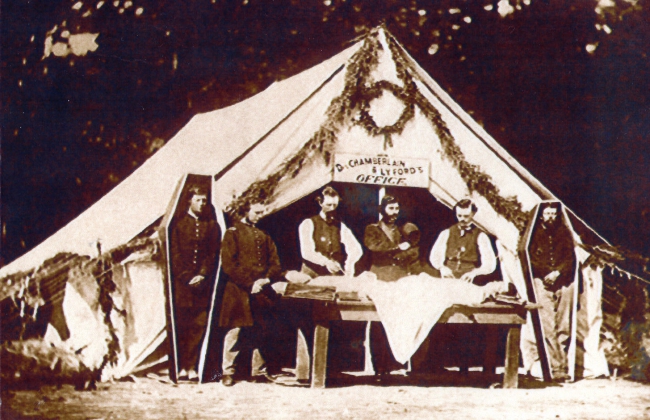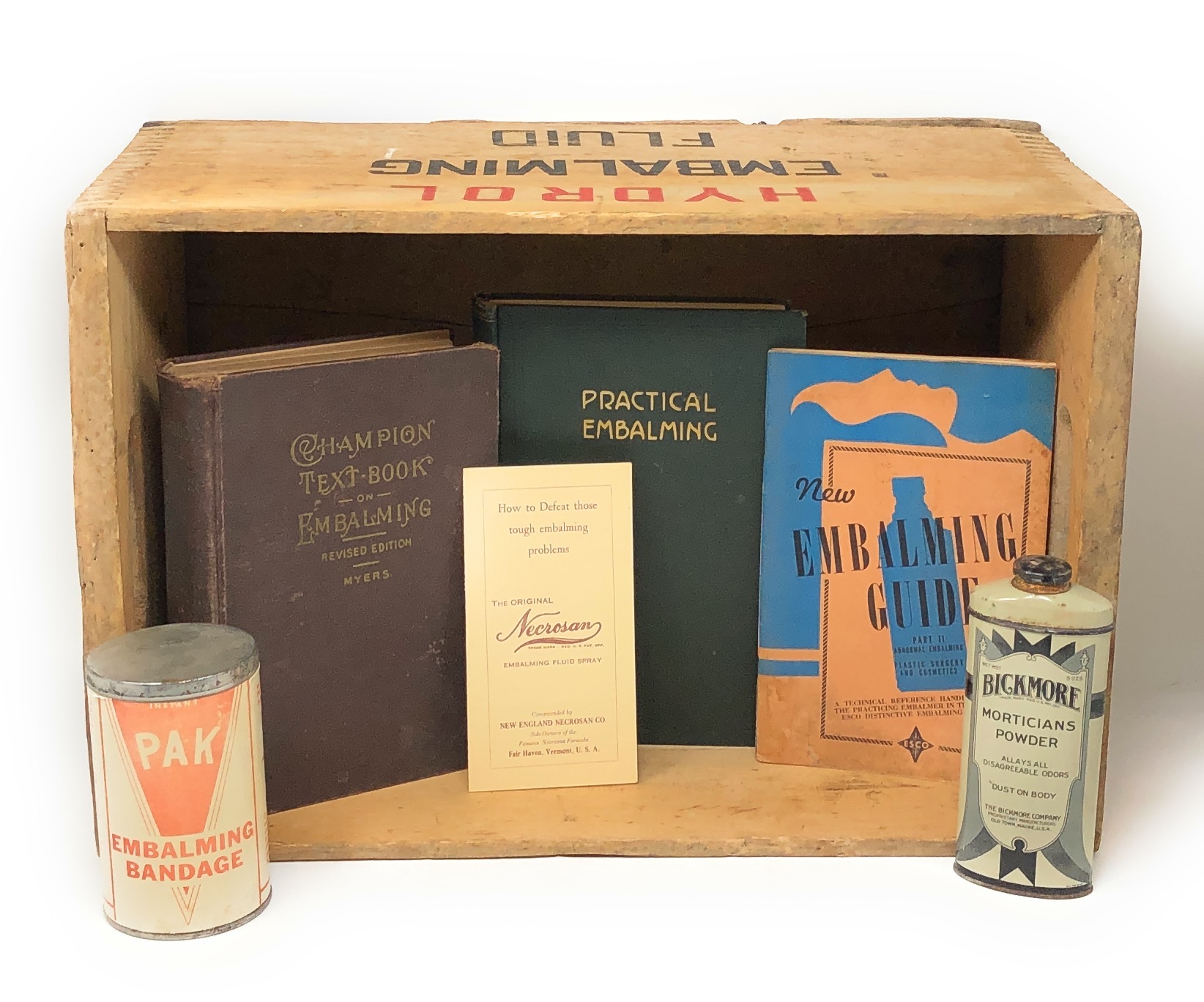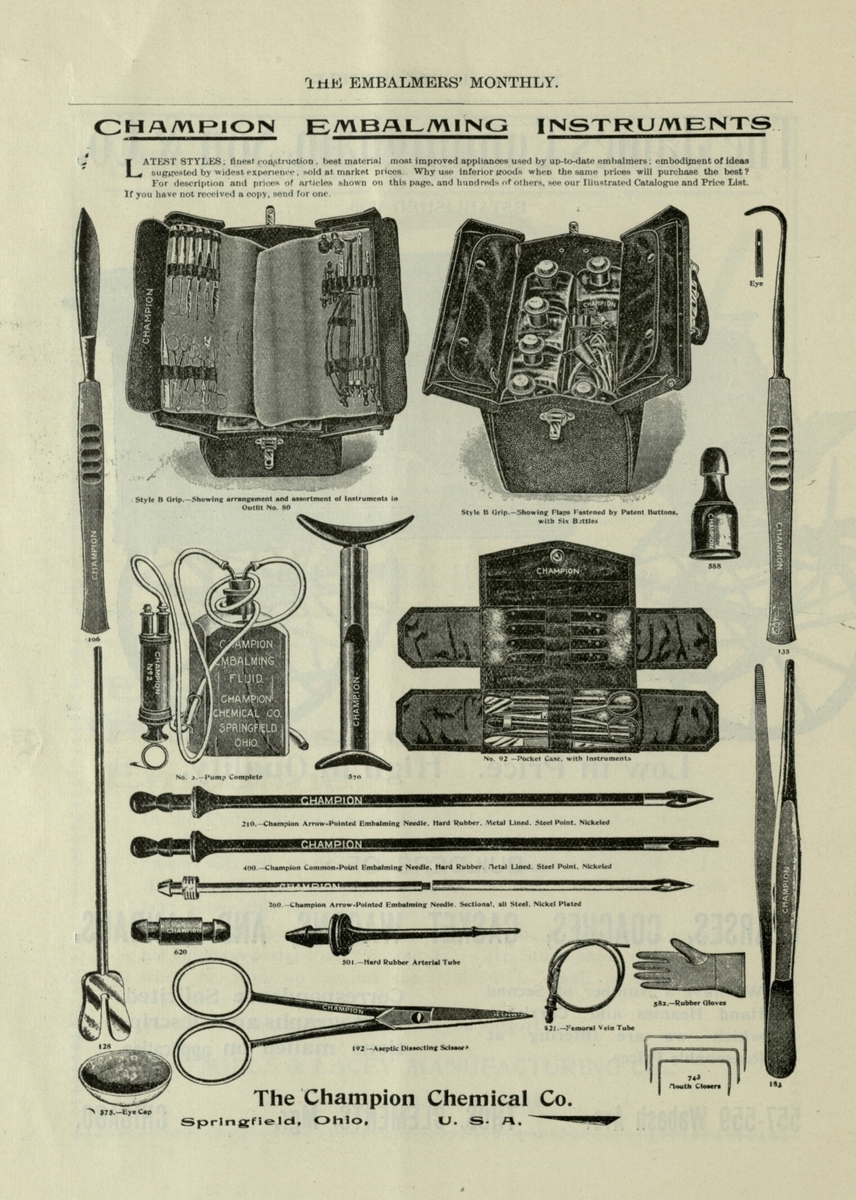Unfortunately it is all too common to be told by a funeral home that you will not be able to see or have a viewing for your loved one unless they are embalmed.
It is never legally required to embalm a body. However, in the current funeral system, funeral homes are private businesses. That means they get to decide their individual policies and requirements. If they want to prevent you from having a viewing if your mother is unembalmed, they are allowed to do so. Unethical and illegal are not always the same thing.
Have an honest conversation with your funeral director. Ask about their policies on unembalmed viewings right at the top of your call or arrangement conference. If keeping the body unembalmed is deeply important to you, you will either have to change funeral homes or not view the body. The funeral home may feel that the body is experiencing some decomposition that makes embalming necessary, or that the viewing is two weeks away and the body will change too much in that time period. If they are honest with you about the condition of the body, in an ideal world you should be able to make an informed, supported decision about what you are willing to see.



